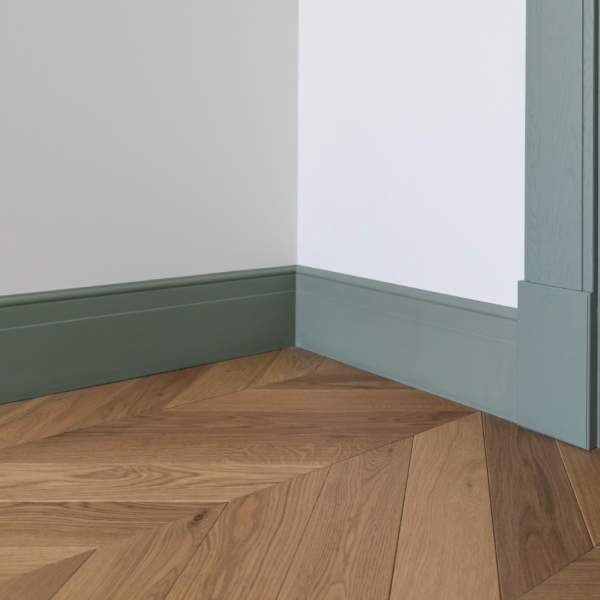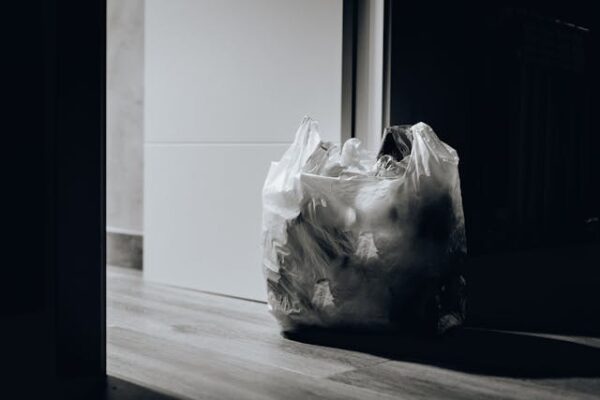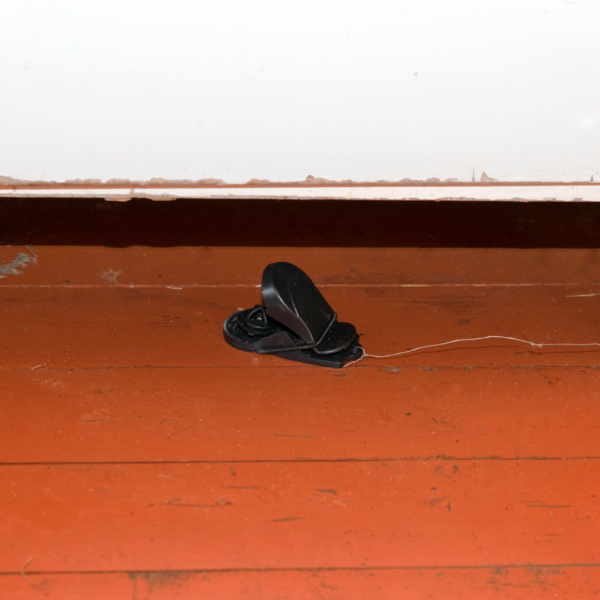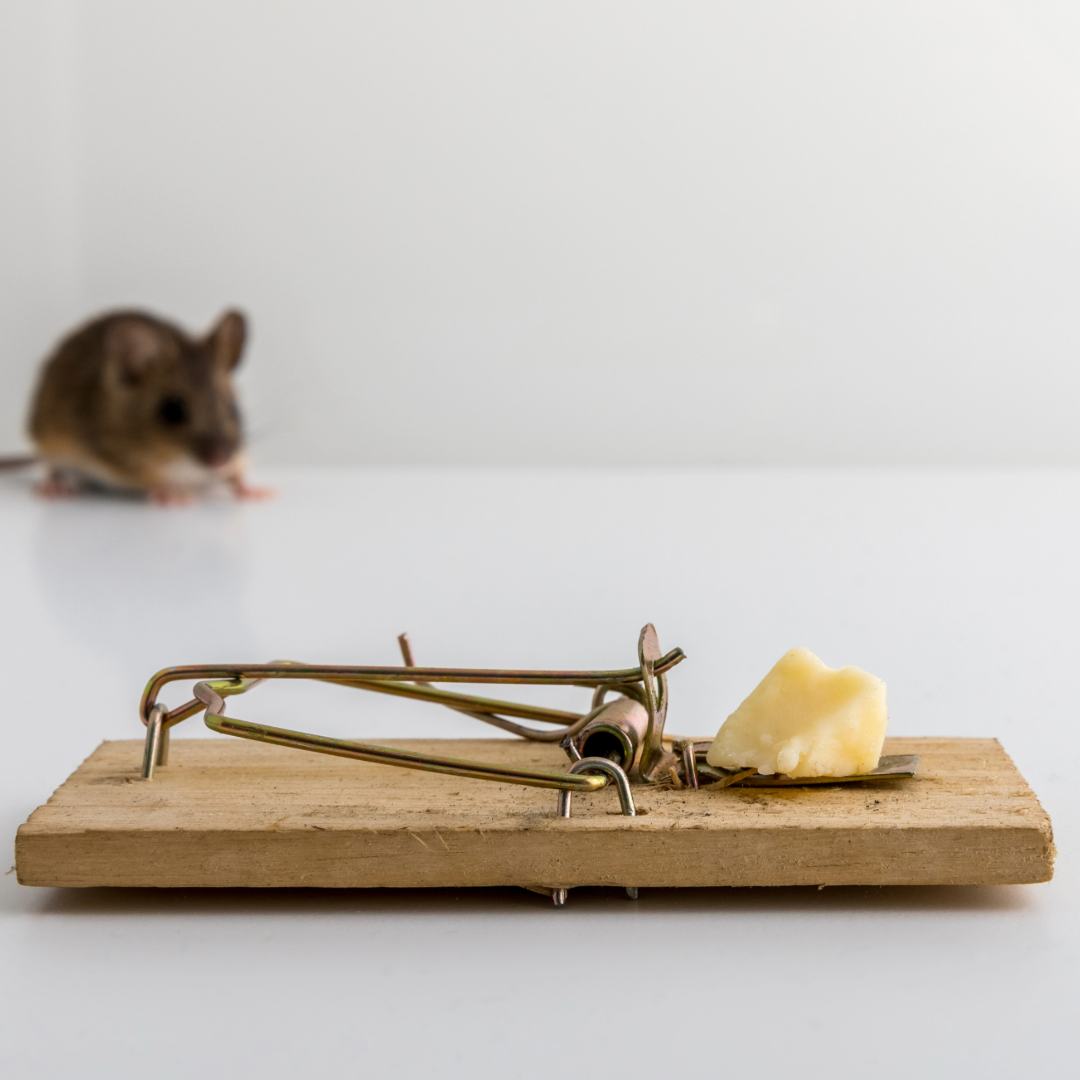If you’re dealing with mice scurrying around your home in Seattle, you know just how frustrating it can be. These little critters aren’t just a nuisance; they can carry diseases, gnaw through electrical wires, and cause serious damage to your property.
While spotting a mouse might make you want to grab a trap immediately, it’s important to know the best place to place mouse traps to ensure they actually work. Randomly placing traps won’t do the job as efficiently as strategically setting them. In this guide, we’ll walk you through the most effective spots to set your traps and get your home rodent-free as quickly as possible.
Common Mouse Entry Points in Seattle Homes
Seattle’s wet winters and mild temperatures create the perfect conditions for rodent infestations. Mice can squeeze through tiny openings—holes no bigger than a dime—making homes especially vulnerable. Common entry points include:
- Cracks in the foundation
- Gaps around doors and windows
- Holes near utility lines
- Vents and chimneys
Once inside, mice gravitate to quiet, hidden spots where they can roam undetected. This is where strategic trap placement becomes crucial for effective control.
The Best Place to Place Mouse Traps in Your Home
Mice are naturally skittish, preferring dark, hidden areas where they feel secure. The good news? Their movements are predictable. This is where you come in! By placing traps in these high-traffic areas, you can intercept these sneaky invaders and tackle the problem right at the source.
1. Along Baseboards and Walls

Mice tend to stick close to walls for security, using their whiskers to guide their movement. That’s why the best place to set mouse traps is along baseboards, especially in areas where you’ve spotted signs of activity like droppings, gnawed materials, or grease marks.
Position the traps perpendicular to the wall, facing the baited end. With this setup, the mice will run right into the trap as they follow their usual paths, increasing your chances of success.
2. Behind Appliances
Kitchens are a hot spot for mice thanks to easy access to food. Large appliances like fridges, ovens, and dishwashers offer ideal hiding spots. Place traps behind these appliances, where mice often sneak around unnoticed.
Pull your appliances out and check for droppings or nesting signs to pinpoint the best trap locations. Mice are drawn to warm, dark spaces, making the area behind your stove or fridge a prime pathway for their activity.
3. Near Trash Cans

Mice are scavengers, and your kitchen trash can is a buffet to them. Whether it’s food scraps or discarded packaging, rodents can sniff out the scent of a meal from a distance. The best place to place mouse traps is near trash cans, especially if you keep them inside cupboards or pantries.
4. In Attics and Basements
Out of sight, out of mind, right? Unfortunately, that’s precisely where mice love to hide. Attics and basements are typically less disturbed, making them perfect breeding grounds for mice. Place traps in corners, along walls, and near insulation (mice love using it for nesting). Focus on areas near vents, skylights, or chimneys where mice might be entering.
In the basement, look for traps in dark corners, near utility pipes, and where the walls meet the floor.
5. Inside Cabinets and Drawers
If you’ve noticed signs of mice in your kitchen or bathroom, don’t forget to check inside cabinets and drawers. Mice can squeeze into the tiniest spaces and often hide in cupboards near food or under the sink where they can access water.
Set traps inside these enclosed spaces, especially near food storage areas, pet food, or cleaning supplies. If there are visible droppings, you know you’ve found the perfect spot!
6. Under Furniture

If you’ve noticed mice darting across the living room or bedroom, the best place to place mouse traps might be under your furniture. Sofas, beds, and large pieces of furniture create dark, undisturbed spaces where mice feel safe.
Set traps underneath these items, especially near the legs where mice tend to travel. Keep an eye out for droppings or other signs of activity that help you zero in on their favorite hiding spots.
Baiting Mouse Traps for Maximum Success
Choosing the right bait can make or break your mouse-trapping efforts. While many believe cheese is the go-to, mice prefer other foods like peanut butter, bacon, seeds, or small pieces of fruit.
When baiting traps, less is more. A small amount of bait on the trigger plate is all you need—too much can interfere with the trap snapping shut. Once baited, position the trap in the high-traffic areas we’ve already discussed, like along baseboards or near appliances.
But remember, when it comes to mouse traps, quantity matters. Mice breed quickly, so relying on a single trap won’t be enough to tackle the issue. Place multiple traps strategically, and don’t hesitate to set several along a single wall. This increases your chances of catching those quick and sneaky rodents.
If you’ve done everything right and are still dealing with multiple mice, hearing scratching noises in the walls, or finding nests, it might be time to call in the pros. Traps can help with a few strays, but larger infestations require expert attention. That’s where Sentinel Pest Control comes in. Specializing in rodent control around Seattle, our team can get your home mouse-free and give you lasting peace of mind!
Final Thoughts on The Best Place to Place Mouse Traps
Whether along baseboards, behind appliances, or in your attic, strategic trap placement significantly boosts your chances of success. With the right tactics and persistence, you can regain control of your Seattle home from these unwelcome intruders.
Make sure to check traps regularly, and if you’re facing a more significant infestation or need extra help, Sentinel Pest Control is ready to step in with professional expertise. Contact us today!


